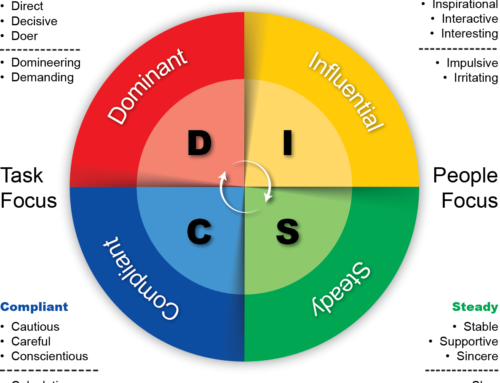
A manufacturing business known for its high-quality products had built a strong reputation over the last 20 years. However, success brought its own set of challenges, and the company was faced with a predicament that threatened to hinder its growth.
After an introduction at a networking meeting, I met the MD. He told me was turning away new orders because they simply didn’t have enough staff to fulfil the growing demand and he was really worried about the future of his family business. Determined to help them overcome this hurdle, I immediately set up a meeting to delve into the root causes of their staffing shortage.
In our discussions, it became apparent that the company lacked a structured onboarding process, and their salaries were not competitive enough to attract and retain top talent. To gain a deeper understanding of the employees’ sentiments, we decided to conduct a comprehensive anonymous staff survey. This way we felt that the staff would be honest without having to highlight their personal opinions.
The survey results were eye-opening. The employees felt undervalued, underpaid, and overworked. A significant portion were considering leaving the company within the next six months if conditions did not improve. Armed with this valuable insight, we collaboratively formulated a strategy to address the issues and create a workplace that would not only retain existing staff but also attract new talent.
Together with the MD and the management team, we implemented a series of changes. Competitive salary structures were established, a thorough onboarding process was put in place to welcome new employees seamlessly. Employee feedback played a crucial role in shaping a more employee-centric workplace, with improvements in work-life balance and job satisfaction.
The positive changes did not go unnoticed. Word spread in the job market that the client was now a desirable place to work. With a revitalised workforce, the company successfully recruited skilled individuals who brought fresh perspectives and expertise.
As a result of these transformations they no longer had to turn away new customers, and the increased workforce efficiency allowed them to take on more projects without compromising on quality. The once-struggling manufacturing business had not only overcome its staffing challenges but had emerged stronger and more resilient than ever.





